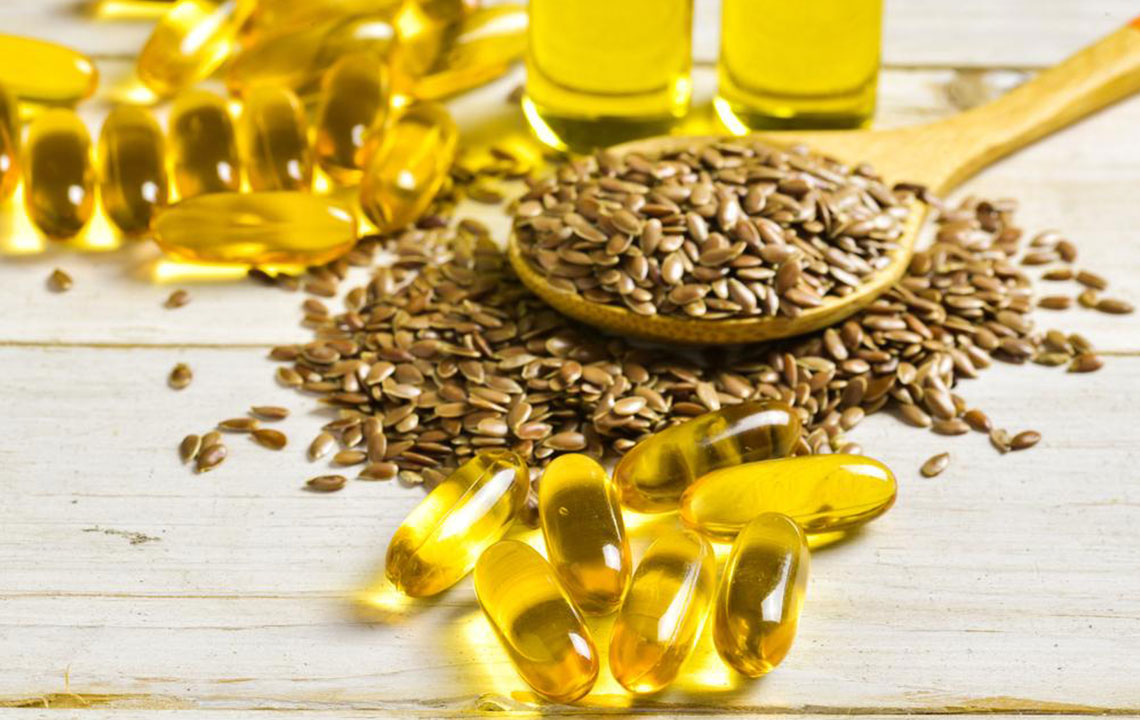Popular Herbal Remedies for Psoriatic Arthritis

Psoriasis is a skin condition that causes itching and scaly red patches to appear on the skin or scalp. Psoriatic arthritis is an advanced form of psoriasis that affects the small joints in one’s body. There are five known types of psoriatic arthritis that exhibit different symptoms with varying levels of severity. These include symmetric arthritis, asymmetric arthritis, distal interphalangeal predominant (DIP), spondylitis, and arthritis mutilans.
Inflammation is one of the major triggers that can result in the condition worsening with time. Complications develop over time, and some of its symptoms can be managed with a simple combination of everyday ingredients to make herbal remedies for psoriatic arthritis.
Here are five powerful herbal remedies for psoriatic arthritis.
Apple cider vinegar
It is one of the most versatile ingredients when it comes to treating skin disorders and diseases. Apple cider vinegar is effective against the symptoms of psoriatic arthritis as it is a natural anti-itch agent. Apple cider vinegar can be applied gently on the scalp and other affected areas on the body to counter the itching sensation. However, one must avoid direct application of raw apple cider vinegar in areas where the skin has blistered, or where there are visible cracks and signs of bleeding.
Aloe vera
Aloe vera gel has been commonly used to treat skin conditions and disorders for thousands of years. It is an affordable option when it comes to using herbal remedies for treating psoriatic arthritis. Aloe vera is particularly effective to treat skin burns and counter the irritation caused by inflammation. It is rich in glucomannan that accelerates healthy skin cell growth and healing of the affected area. Inflammation is one of the most persistent symptoms of psoriatic arthritis and the aloe vera gel’s naturally soothing properties cool the affected area. The gel soothes inflammation to reduce abrasions and burns. Applying pure aloe vera gel on the scaly red patches will also hydrate the skin. Note that aloe vera gel is not a permanent cure in itself and the home remedy will only help manage the symptoms. One must consult with a skin specialist to discuss long-term treatment, be it topical or medicated.
Capsaicin
Naturally found in chili peppers, capsaicin helps block the nerve endings that transmit pain signals to the brain. Reducing sensitivity to pain is one of the most effective ways to manage the symptoms of psoriatic arthritis, and this can be done naturally with the use of capsaicin. Topical treatments including ointments, creams, gels, and lotions use this ingredient. Note that capsaicin can increase the burning sensation during application which is why it is not recommended for people with sensitive skin. It is a good idea to consult with a skin specialist to find out more about dosage and proper instructions for daily use.
Turmeric
Turmeric is rich in both anti-oxidants and anti-inflammatory properties that counter some of the symptoms of psoriatic arthritis. Turmeric is rich in curcumin which is the active ingredient capable of countering inflammation. It is often combined with topical steroids and antibiotics, making it effective against psoriatic arthritis with varying levels of severity. Turmeric in its natural form can also be incorporated in soups, stews, and curries forming part of a psoriatic-friendly diet. Medical supplies also feature some form of turmeric in their composition. Turmeric can be used safely in its natural form making it one of the more affordable herbal remedies for psoriatic arthritis.
Tea tree oil
Tea tree oil is considered to be one of the most popular herbal remedies for psoriatic arthritis. The topical application is rich in antimicrobial and anti-inflammatory properties. It is commonly used in lotions, creams, soaps, and bath products to provide an effective measure for countering inflammation. Note that tea tree oil can result in a few allergies and must be cautiously used only after consulting a skin specialist. It is also important to understand that the herbal remedy will only manage some of the symptoms of psoriatic arthritis and is not necessarily a proven cure. One must seek proper medical attention in case there are severe side effects due to an allergic reaction or even when there is no sign of improvement in the condition.
Lifestyle changes will deliver powerful results when combined with the aforementioned herbal remedies for psoriatic arthritis. One must make healthy changes in the diet, exercise regularly, maintain a healthy weight, and take rest as the symptoms of psoriatic arthritis will take a toll on the body. It is imperative to protect the joints and ensure there is no strain on the bones and tender muscles along the affected area. Additional coping and support mechanisms will help people reduce complications caused by physical and mental stress. Medical professionals recommend post-treatment therapy too.


